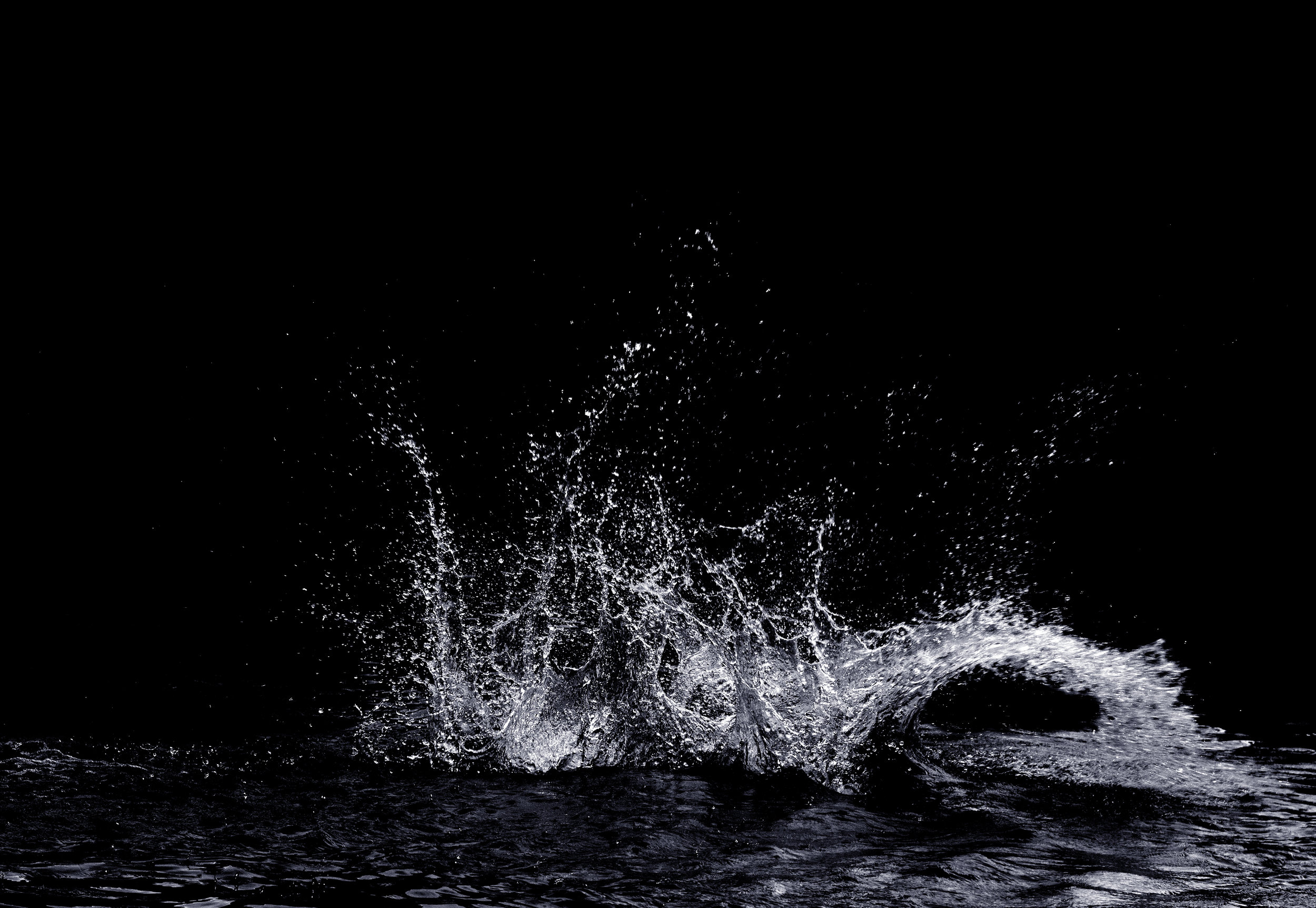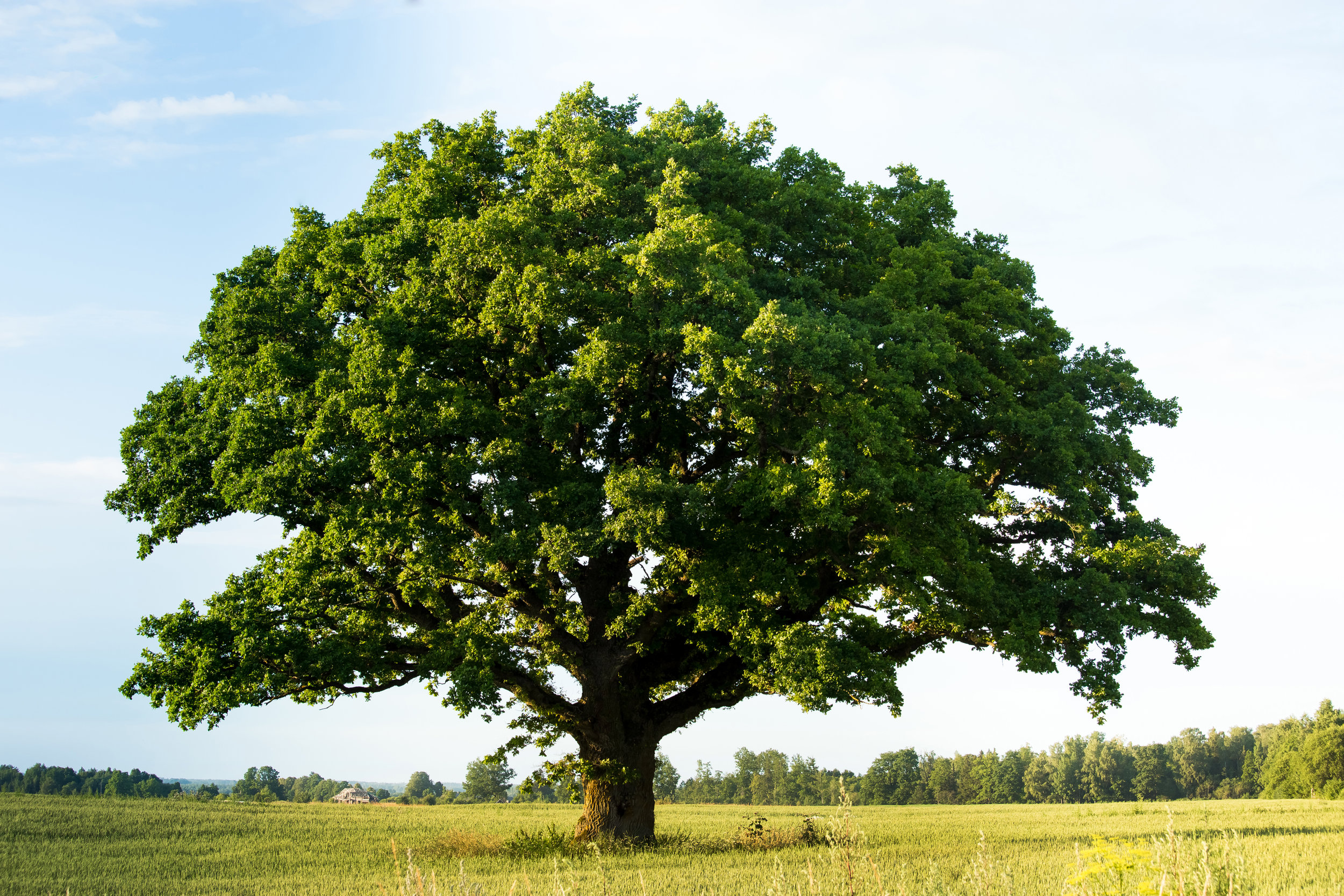The water that never freezes

Can water reach minus 263 degrees Celsius without turning into ice? Yes it can, say researchers from ETH Zurich and the University of Zurich, if it is confined in nanometre-scale lipid channels.
Making ice cubes is a simple process: you take a plastic ice-cube tray like you'd find in most households, fill it with water and put it in the freezer. Before long, the water crystallises and turns to ice.
If you were to analyse the structure of ice crystals, you'd see that the water molecules are arranged in regular 3-dimensional lattice structures. In water, by contrast, the molecules are unorganised, which is the reason that water flows.
Glassy water
Led by Professors Raffaele Mezzenga and Ehud Landau, a group of physicists and chemists from ETH Zurich and the University of Zurich have now identified an unusual way to prevent water from forming ice crystals, so even at extreme sub-zero temperatures it retains the amorphous characteristics of a liquid.
In a first step, the researchers designed and synthesised a new class of lipids (fat molecules) to create a new form of "soft" biological matter known as a lipidic mesophase. In this material, the lipids spontaneously self-assemble and aggregate to form membranes, behaving in a similar way as natural fat molecules. These membranes then adopt a uniform arrangement to form a network of connected channels that measure less than one nanometer in diameter. Temperature and water content, as well as the novel structure of the designed lipid molecules determine the structure that the lipidic mesophase takes.
No space for water crystals
What's so special about this structure is that – unlike in an ice-cube tray – there is no room in the narrow channels for water to form ice crystals, so it remains disordered even at extreme sub-zero temperatures. The lipids don't freeze either.
Using liquid helium, the researchers were able to cool a lipidic mesophase consisting of a chemically modified monoacylglycerol to a temperature as low as minus 263 degrees Celsius, which is a mere 10 degrees above the absolute zero temperature, and still no ice crystals formed. At this temperature, the water became "glassy", as the researchers were able to demonstrate and confirm in a simulation. Their study of this unusual behaviour of water when confined within a lipidic mesophase was recently published in the journal Nature Nanotechnology.





